Whether it’s editing sheet music, recording, or enhancing the sound quality with a piano VST or sound library, a digital piano offers many possibilities as a MIDI controller. But what features make a digital piano a great MIDI controller?
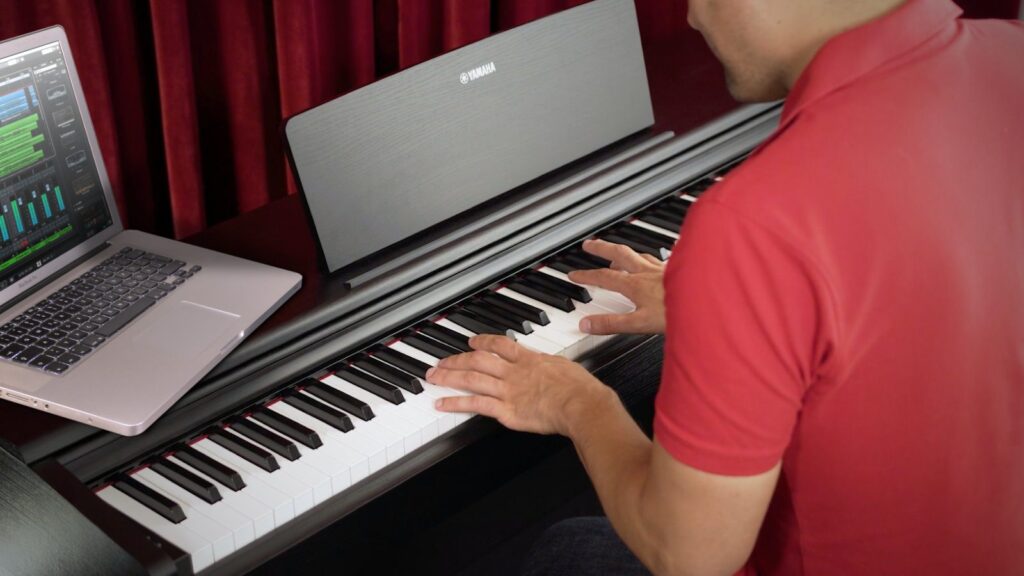
Whether it’s editing sheet music, recording, or enhancing the sound quality with a piano VST or sound library, a digital piano offers many possibilities as a MIDI controller. But what features make a digital piano a great MIDI controller?
The possibilities for using your digital piano as a MIDI controller are virtually endless, with many accessories available to expand its functionality. However, before making any purchases, it’s essential to evaluate what you really need and whether additional equipment is necessary. After all, your digital or stage piano may already have all the features you need. For instance, the Yamaha Arius YDP-165, shown above, comes fully equipped to connect to a music computer, smartphone, or tablet.
MIDI, USB, or Bluetooth—at least one of these interfaces is required to use your digital piano as a MIDI controller. Once you’ve confirmed compatibility, the next step is to clarify your goal:
Do you want to play the piano…
As a universal music tool for notation, composition, recording, etc., the computer is a central element. Even without investing in expensive music production software, you can easily play the piano using your audio computer. For example, Apple laptops and tablets come preinstalled with GarageBand, a versatile and user-friendly platform.
With recording capabilities and thousands of sounds—including excellent pianos—GarageBand is one of the most affordable ways to create music on your computer or tablet. If your digital piano supports USB or Bluetooth MIDI, you can start making music immediately with minimal setup.
Additionally, free DAW software is available for various operating systems, including macOS, Windows, and Linux. For recommendations on free DAWs, click here.
What does “MIDI controller” mean in this context? The term “MIDI controller” typically refers to electronic keyboards with varying numbers of plastic keys (e.g., 25, 49, or 61 keys). However, there are also MIDI controllers equipped with piano-style keys. Regardless of the type of keys, all MIDI controllers share one characteristic: they lack a built-in sound generator, meaning they cannot produce sound on their own.
When connected to an audio computer, MIDI controllers transmit only MIDI data—including MIDI notes with velocity information and other controller data. Software, such as a DAW or a piano VST/library, processes this data in real-time to generate the sound you hear through headphones or speakers.

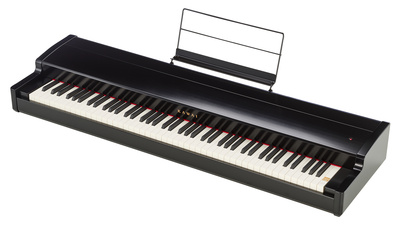
In addition to its internal sound generation, a digital piano also transmits pure MIDI controller data from its keyboard and pedals. In this sense, any digital piano can function as a MIDI controller. Moreover, many digital pianos can connect to external sound sources, such as MP3 players, smartphones, tablets, or an audio computer, via audio inputs or a USB audio/MIDI interface.
This setup allows you to not only play a piano library on your computer but also route it through the digital piano’s audio system. This is particularly useful for scenarios like online lessons with headphones, where you need both signals (digital piano + external device) integrated into a single system.
While good audio integration isn’t essential, it becomes a significant advantage if you plan to use a DAW for music production. In such cases, the “Local Control” setting on a digital piano plays an important role in ensuring seamless operation.
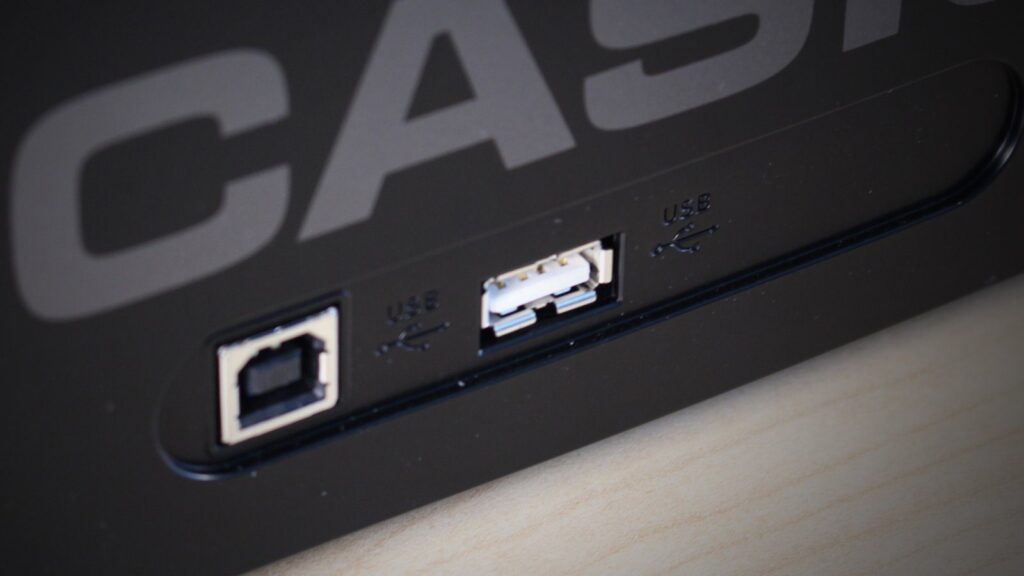
When connecting your digital piano to your music computer via USB, it’s important to distinguish between two possible connections: “USB to Device” and “USB to Host”. For connecting to your computer, “USB to Host” is the correct interface.
Once you’ve connected your digital piano to your computer via USB to Host, you’ll need to register it as a MIDI source in your music software. This setup is a one-time process, as the program will remember the configuration. From then on, you’ll be ready to play as soon as you launch the software.
USB to Device: This port is designed for storage devices, such as USB flash drives. It’s typically used for saving sound settings, recording performances, or playing back audio or MIDI files.
The easiest way to connect a digital piano is through a USB interface, which is standard on most modern instruments. In addition, many digital pianos can be connected via traditional MIDI DIN jacks. While older digital pianos typically include these MIDI ports as standard, they are not always present on newer models.
Introduced in the 1980s, the MIDI interface remains a cornerstone of musical instrument technology and music production. The MIDI protocol enables communication between devices such as sequencers, notation programs, synthesizers, stage pianos, and keyboards. Although the protocol itself has remained consistent, the transmission methods have evolved to include MIDI cables, USB connections, and even wireless Bluetooth MIDI.
Modern instruments typically offer MIDI functionality via USB or wirelessly through Bluetooth. However, if you connect your digital piano to your PC using a MIDI cable, you’ll need to add a MIDI interface. If your audio interface lacks a MIDI input, and your digital piano doesn’t support USB, with no option for a Bluetooth MIDI adapter, your only solution is to purchase a USB MIDI interface.
Compared to traditional MIDI controllers, which typically have numerous knobs, pads, and buttons for controlling music software and virtual instruments, a digital piano offers more limited functionality. However, this is rarely a drawback, as the primary goal of using a digital piano is to leverage the high-quality feel of its hammer-action keyboard for playing piano VSTs or other software instruments. If you also need more control over your DAW, a desktop controller without a keyboard could be a practical addition.
If you’re looking for a piano keyboard for your MIDI recording setup, a dedicated piano controller is a professional solution, although it can be quite expensive. For those who simply want a reliable keyboard, entry-level portable pianos are worth considering. The compact and lightweight Casio CDP-S110 stands out in this price range. If you’re looking for a keyboard with an even higher quality action, the Roland FP-10 is another excellent choice.

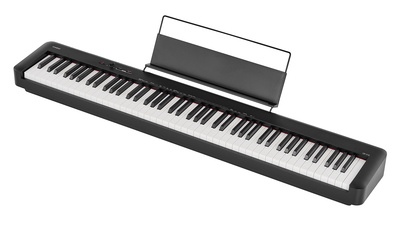

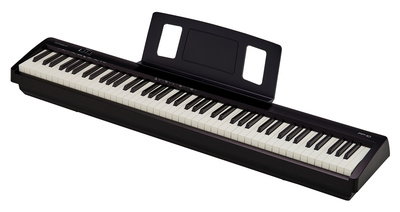
When connecting a digital piano to sequencer software via MIDI, you have two options:
In this MIDI setup (see point 2), the integration via MIDI In and Out causes sound duplication when “Local On” is enabled. The sound would be triggered once by the keyboard and again by the returned MIDI notes from the sequencer track in the computer. This duplication could unnecessarily strain the polyphony of the instrument and degrade sound quality. To prevent this, the “Local Off” function disconnects the electronic link between the keyboard and the sound generator.
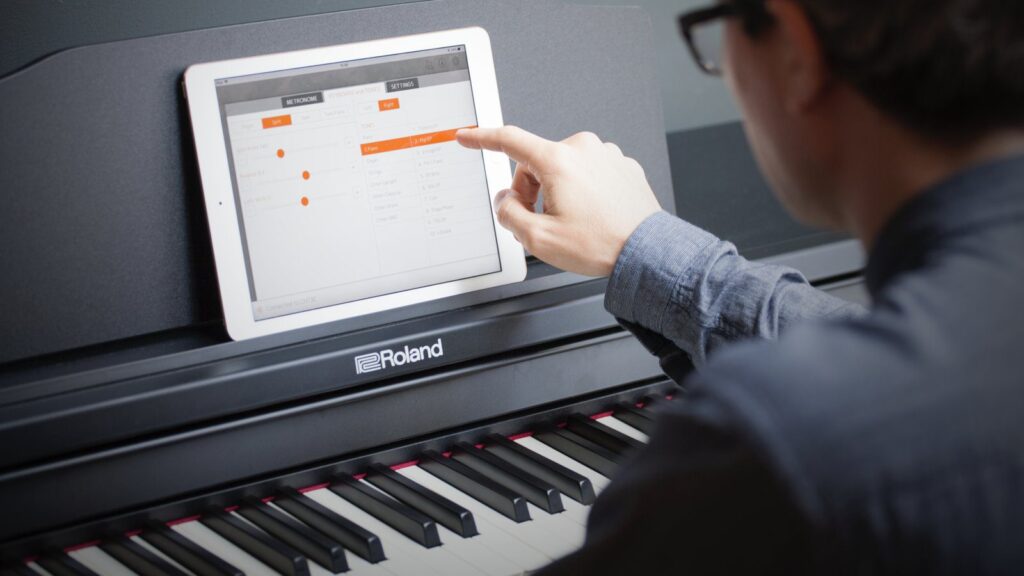
For added convenience, many manufacturers offer free apps for their modern digital pianos. These apps provide additional features, such as a recorder, learning functions, auto accompaniment, and a song player. Available for both iOS and Android devices, these apps are typically free but are designed to work specifically with the corresponding digital pianos.
Examples of piano apps include Casio Chordana Play, Dexibell Vivo Editor and xMure, Kawai Virtual Technician, Roland Piano Partner, and Yamaha Smart Pianist.
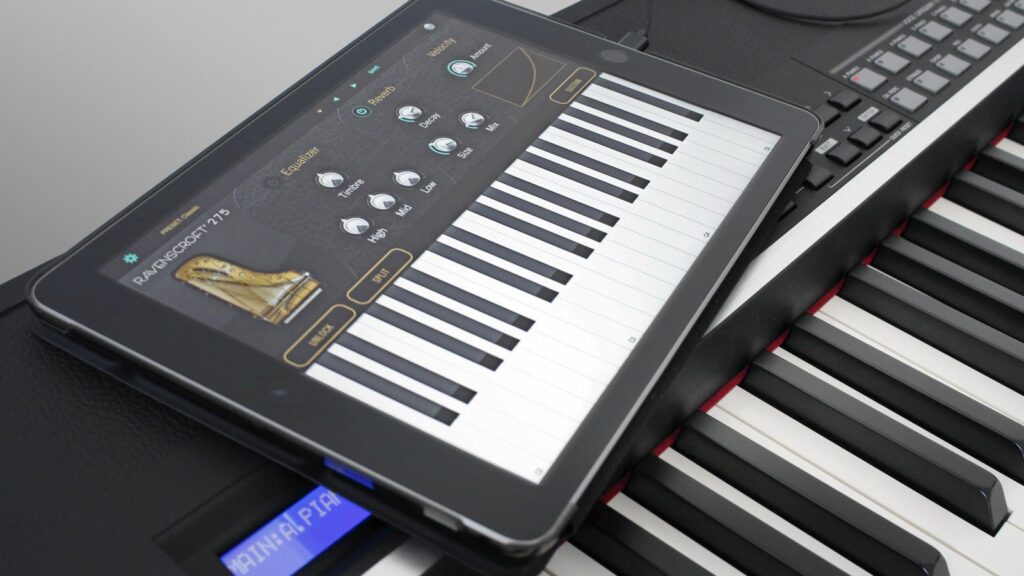
A quality digital piano can provide years of enjoyment. However, as technology advances, newer models offer improvements that can be heard and felt: better keybeds, more polyphony, and a refined range of expression. But, if you own an older digital piano with a solid keyboard, you can still enhance its sound using software—whether on a computer, tablet, or even a smartphone.
There are many high-quality piano VSTs available, which are software instruments that can be integrated into sequencer software to create realistic piano sounds. Some of these VSTs can also function as standalone instruments. Prices typically range from $100 to $400, offering sound quality and responsiveness that will satisfy even the most demanding pianists. Additionally, there are excellent piano apps for tablets and smartphones—particularly for iPads and iPhones. Unfortunately, the selection for Android devices remains more limited.

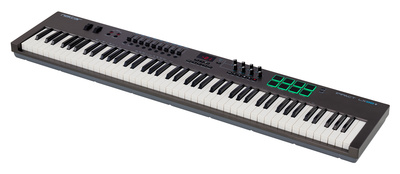

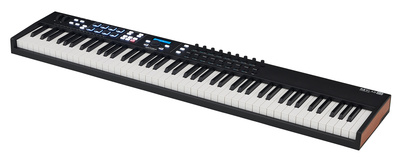

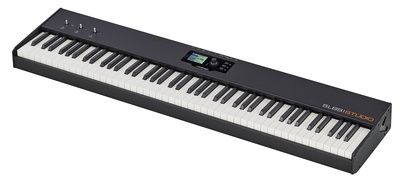
Bluetooth MIDI is the most common method to connect an iOS mobile device directly to a digital piano. A USB connection requires a Camera Connection Kit. While Bluetooth is convenient and works well for playing piano apps with your digital piano’s keyboard, USB MIDI offers greater reliability and stability.
For detailed instructions, check out these PIANOO.com guides: “Digital Piano with Bluetooth: Play Wirelessly” and “Connecting an iPad to a Digital Piano: Piano Apps & More“.
While all connection options are technically effective, a direct comparison can be challenging. The choice depends largely on the specifications of your digital piano and PC. Bluetooth MIDI, generally effective from version 4.0 onwards, offers convenience, but be aware of potential system latency.
When playing software instruments, it’s also important to consider the system latency of your audio PC. This refers to the delay in audio output caused by digital signal processing. Ideally, latency should be kept to a minimum—just a few milliseconds—otherwise, the software piano may become unplayable.
Even More Latency!
Bluetooth MIDI is ideal if you prefer the convenience of a wireless connection. However, it does not offer a clear performance advantage over USB MIDI. While the latency of Bluetooth MIDI is minimal, it is still noticeable when playing software instruments. Since Bluetooth adds to the system latency of the audio PC, using a USB connection is typically the better option. USB ensures lightning-fast, reliable data transfer.
The slight delay with Bluetooth MIDI is generally not an issue when using a music notation program, such as when entering notes via a master keyboard. However, a Bluetooth audio connection can have even higher latency, as it handles far more data than Bluetooth MIDI. This makes it impractical, for example, to use Bluetooth headphones while playing a digital piano.
*Affiliate link. These “advertising links” help us finance our website. If you buy a product through such a link, we receive a small commission – at no extra cost to you. The PIANOO.com team says thank you for your support!
Everyone knows the bell-like, cool FM piano sound, often enhanced with effects and found in nearly every digital piano. This sound was modeled after the legendary Fender Rhodes but has a much brighter, more artificial ...
You don't have to be a professional pianist to play the piano chords for the song Someone Like You. And yet it is one of Adele's most successful songs. In that sense, Someone Like You ...
In our "PIANOO Giveaway", Modartt is offering three full user licenses for Pianoteq. This physically modeled software instrument runs on MacOS, iOS, Windows, and Linux. You have the chance to win a license for one ...
70 years of Thomann - 70 years of passion for music. Under the title Behind the Passion, the music store tells the story of Thomann and offers a closer and more personal look behind the ...
Kawai's ES Series portable pianos are popular with both beginners and advanced players, offering high-quality features in the $400–$1,200 price range. Key improvements over previous ES models include a significantly lighter weight, bass reflex speakers, ...
Why does the world need a Piano Day? "There are many reasons," says Nils Frahm, "but above all, it can't hurt to celebrate the piano and everything related to it: Artists, composers as well as ...
Since not every piano VST is available as a standalone version, you need host software. If you don't want to buy an expensive digital audio workstation, you can use a free DAW instead. And you ...
Save the Date! Superbooth 2025 will take place from May 8-10. This year, too, you can look forward to the performance and workshop program, which invites you to the usual location at the Freizeit- und ...
If you want to record authentic piano tracks in a DAW, you need a good MIDI keyboard. Of course, you can also connect a digital piano or stage piano to your PC instead. Depending on ...
The term "felt piano" is closely associated with the popularity of the neoclassical genre, where this very soft sound has almost become a trademark. The sound and its poetic quality are actually a by-product of ...
Playing piano with the sustain pedal - it's the easiest thing in the world! Full-throttle on the right pedal and hammer on the keys - it's great fun and sounds excellent. However, getting from one ...
You'll find the term triple sensor, 3-sensor, or tri-sensor technology in the specifications of many digital pianos. But is a triple-sensor digital piano really better, or can you safely ignore this feature? A brief look ...
You are currently viewing a placeholder content from Facebook. To access the actual content, click the button below. Please note that doing so will share data with third-party providers.
More InformationYou are currently viewing a placeholder content from Instagram. To access the actual content, click the button below. Please note that doing so will share data with third-party providers.
More InformationYou are currently viewing a placeholder content from X. To access the actual content, click the button below. Please note that doing so will share data with third-party providers.
More Information